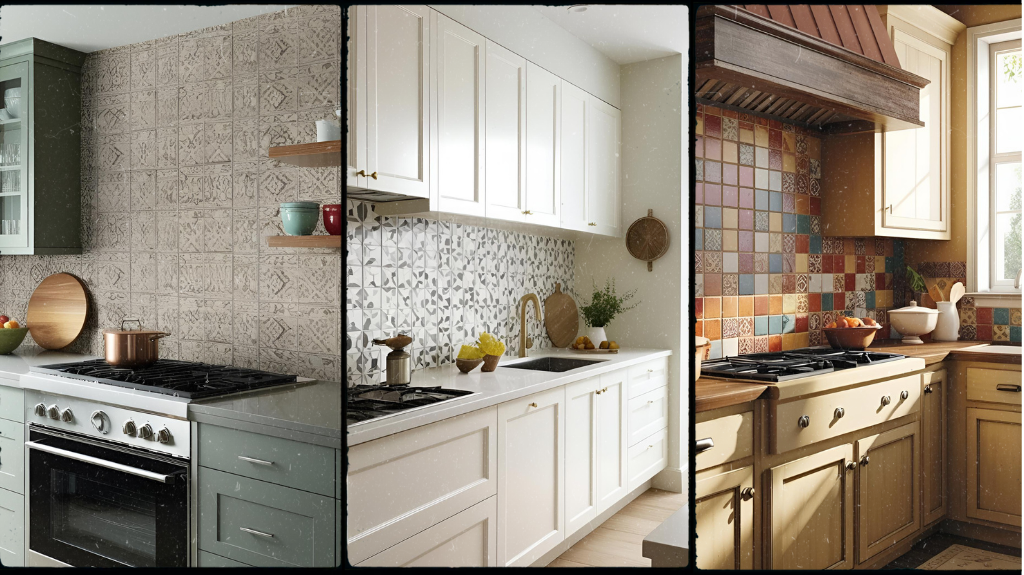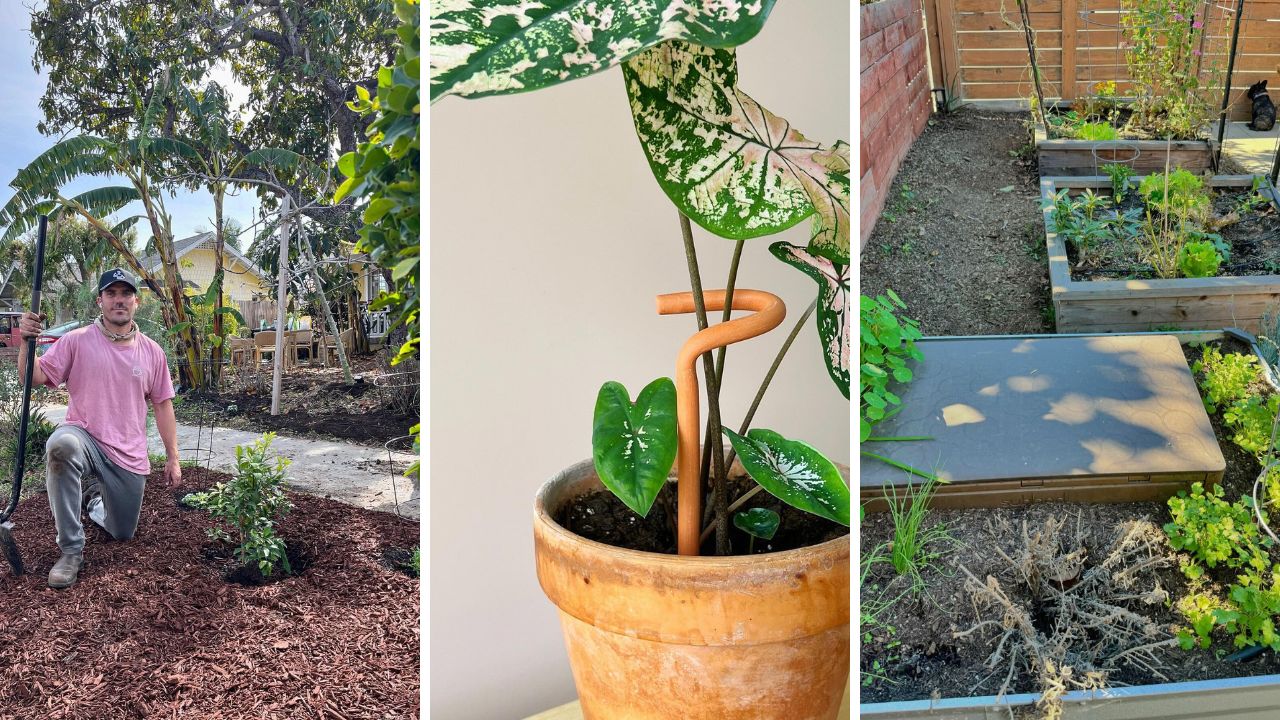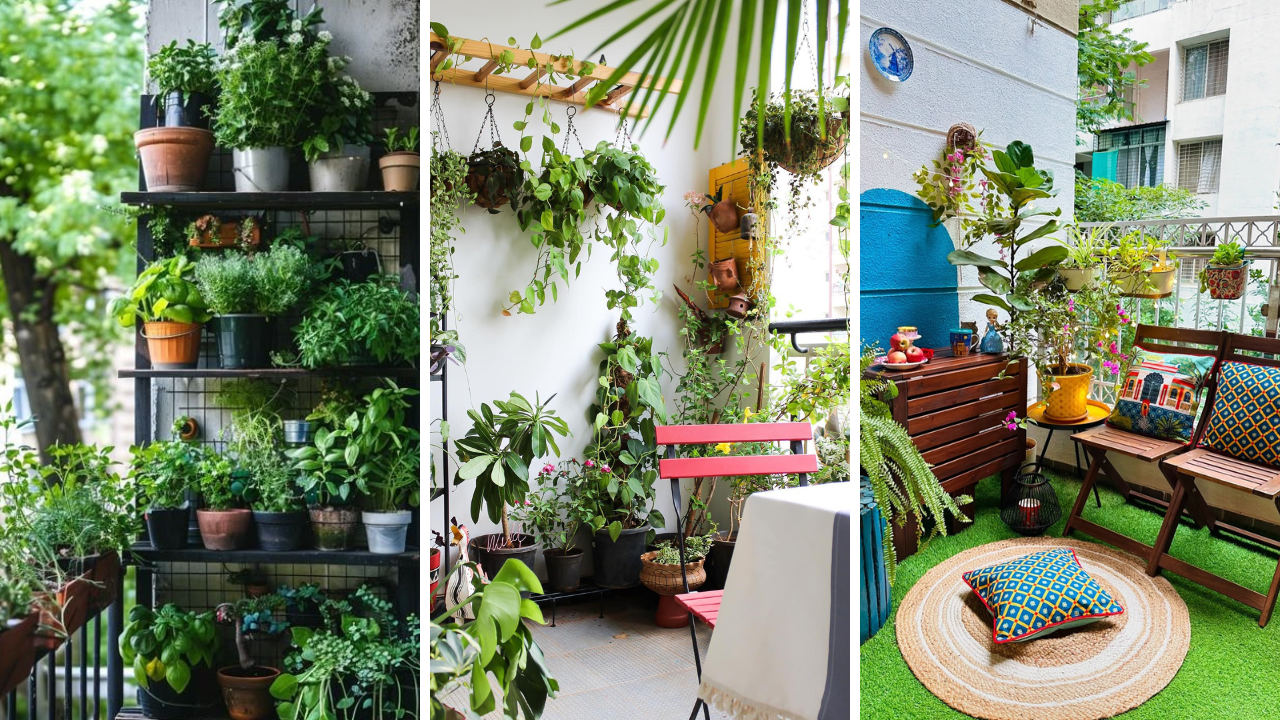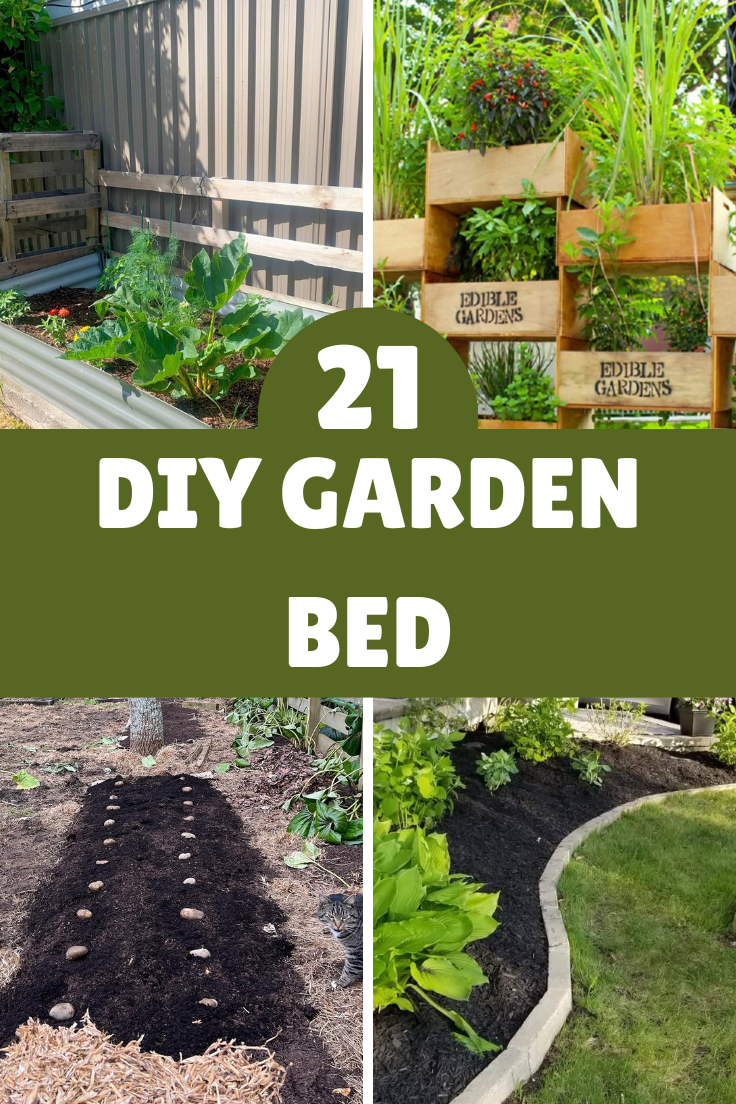
A thriving garden doesn’t have to demand endless hours of maintenance. With the right garden bed design, you can grow more food, flowers, and greenery while exerting less effort. Whether you have limited space, poor soil conditions, or simply want to make gardening easier, the right setup can make all the difference. From raised beds that improve soil quality and drainage to self-watering designs that take the guesswork out of hydration, these garden bed ideas are tailored to maximize efficiency. Many of these solutions also cater to urban dwellers with small patios, those with mobility concerns, or gardeners who want a more sustainable, eco-friendly approach. Let’s explore 21 innovative and practical garden bed ideas that will help you cultivate a flourishing space with minimal effort.
1. Elevated Raised Garden Beds – Perfect for Easy Access
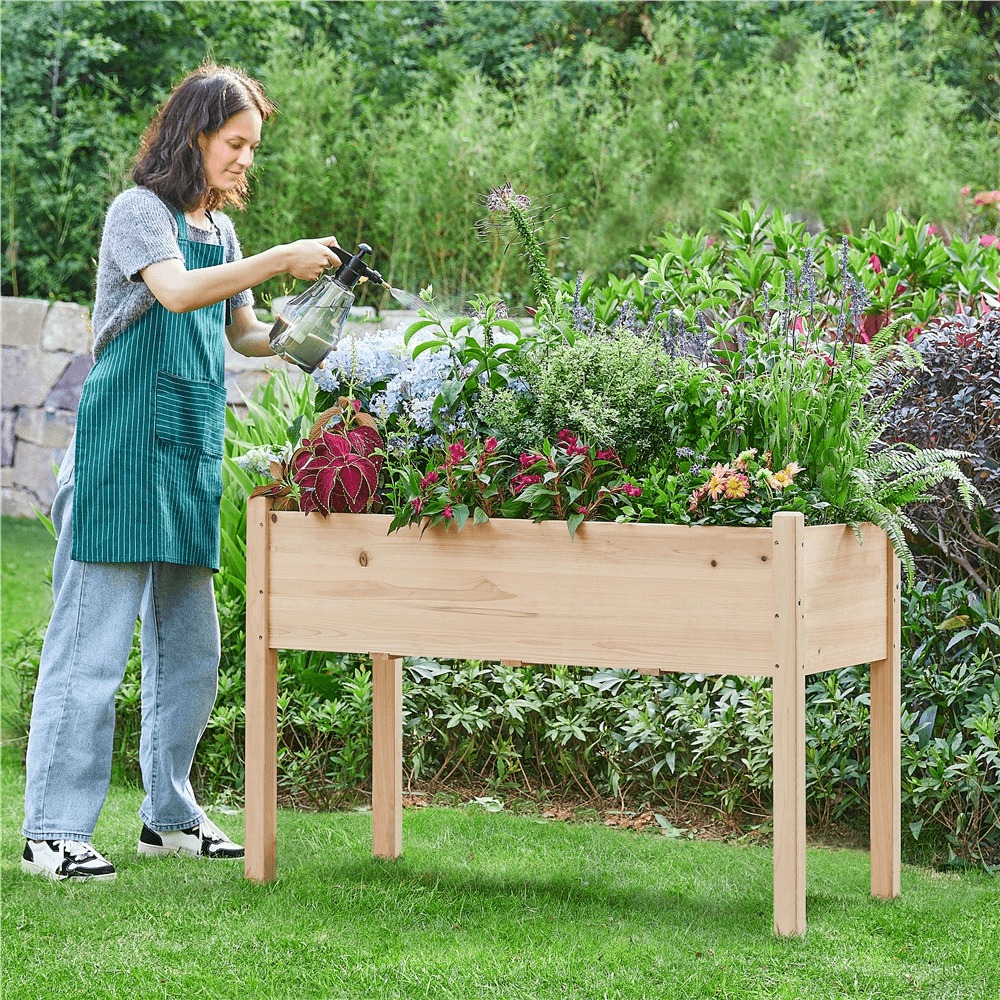
source @yaheetech_official
Raised garden beds are one of the best ways to reduce effort while increasing productivity in your garden. Elevated beds, in particular, take things a step further by allowing you to garden without bending over. These waist-high planters are ideal for those with back problems or mobility issues, making gardening more accessible. Additionally, they improve soil drainage and prevent common issues like root rot and soil compaction. Elevated beds also deter pests like rabbits and slugs, which are more likely to attack ground-level gardens. Choose a high-quality metal or cedar wood elevated bed to ensure durability. Many come with built-in shelves for storing gardening tools and supplies, making the entire process even more convenient. If you’re looking for an easy, hassle-free way to garden, an elevated raised bed is an excellent choice.
2. Metal Garden Beds – Durable and Stylish Choice
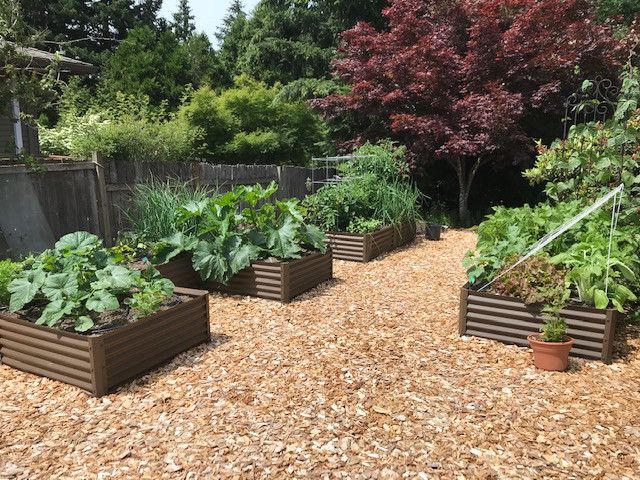
source @metalgardenbeds
Metal garden beds are gaining popularity due to their long lifespan, modern aesthetic, and practicality. Unlike wooden beds, which may deteriorate over time, galvanized steel or aluminum options resist rust and harsh weather conditions. Metal beds retain heat, which can extend the growing season in cooler climates by warming the soil earlier in the spring and keeping it warm later in the fall. They also prevent soil erosion and offer a sturdy, well-defined growing space. Some options even come with modular designs, allowing you to adjust the shape and size of your garden. While metal can heat up more in direct sunlight, a simple layer of mulch or strategic plant placement can regulate soil temperature. For an attractive and durable gardening solution, metal raised beds are worth considering.
3. Wooden Raised Beds – A Classic and Natural Look
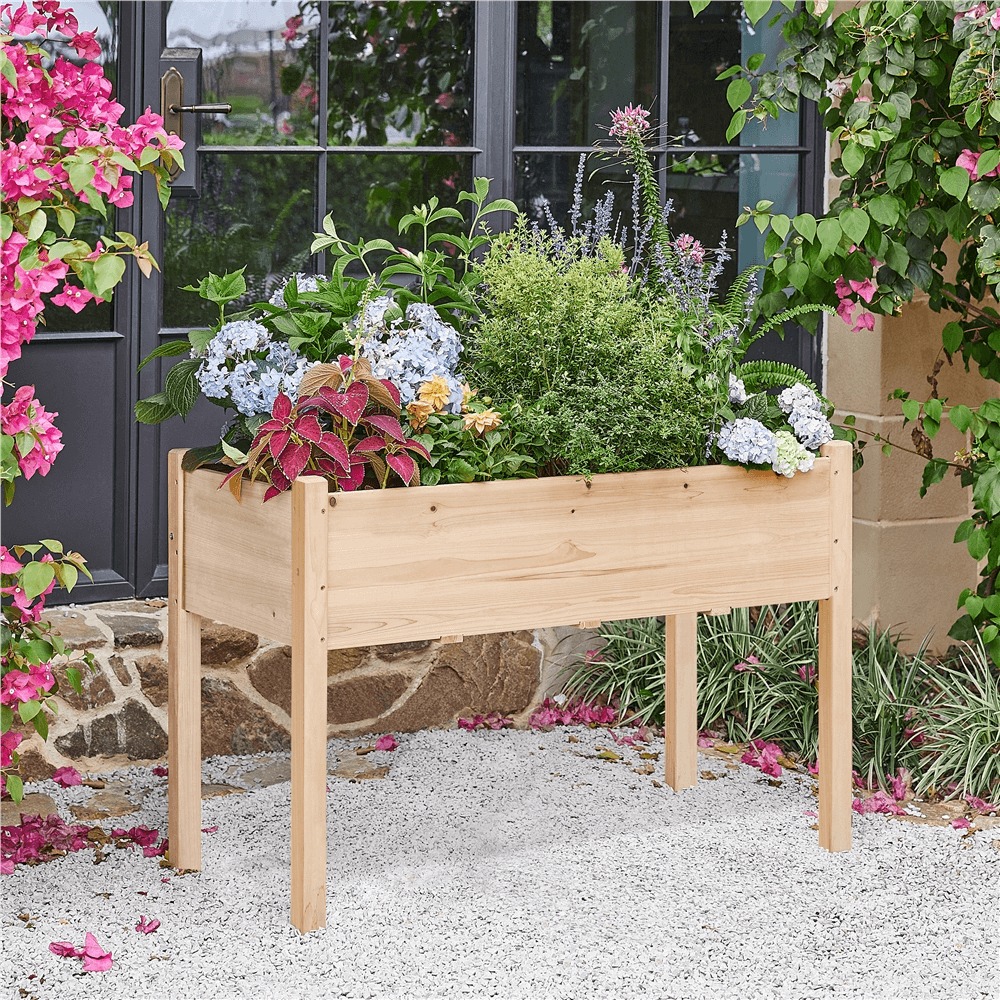
source @yaheetech_official
For gardeners who love a rustic and organic aesthetic, wooden raised beds offer a natural solution that blends seamlessly into any outdoor space. Cedar and redwood are particularly popular choices due to their natural resistance to rot and pests. Wooden raised beds allow for excellent soil control, improving drainage and minimizing weed growth. Additionally, you can customize their size and shape to fit your gardening needs. One of the biggest advantages of wooden beds is their ability to regulate soil moisture better than plastic or metal alternatives. However, untreated wood is best for those growing edible plants, as pressure-treated wood may contain chemicals that can leach into the soil. If you want an affordable, DIY-friendly garden bed that complements any backyard, wooden raised beds are a fantastic option.
4. Keyhole Garden Beds – Maximum Yield with Minimal Watering
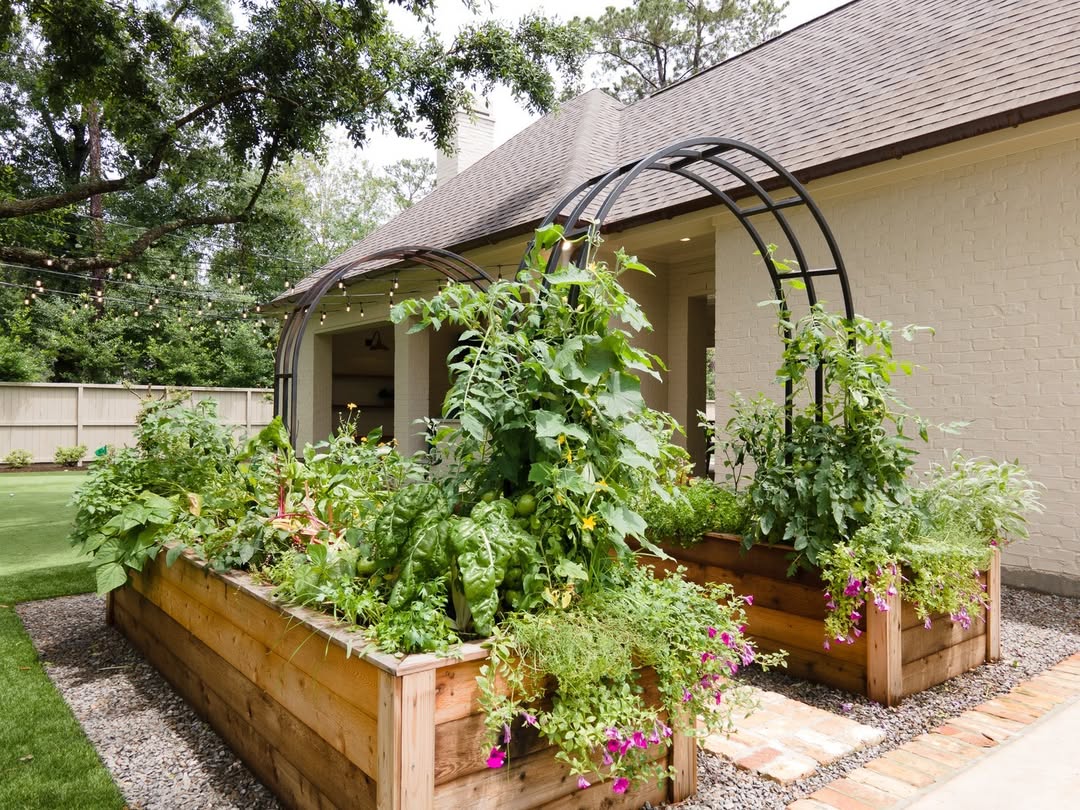
source @rootedgarden
Keyhole gardens are a brilliant solution for anyone looking to maximize food production while minimizing water usage. This circular raised bed design features a central composting basket where organic waste, like kitchen scraps and leaves, is added. As the organic matter breaks down, it enriches the surrounding soil, reducing the need for external fertilizers. The raised structure also helps with water conservation, as the composting core retains moisture, keeping the soil hydrated for longer periods. This method is particularly beneficial in hot, dry climates where water is scarce. Originally popularized in Africa, keyhole gardens are now being used worldwide as an efficient and eco-friendly gardening method. If you want to grow more with less effort while embracing a sustainable approach, a keyhole garden is an excellent choice.
5. Vertical Garden Beds – Grow More in Less Space
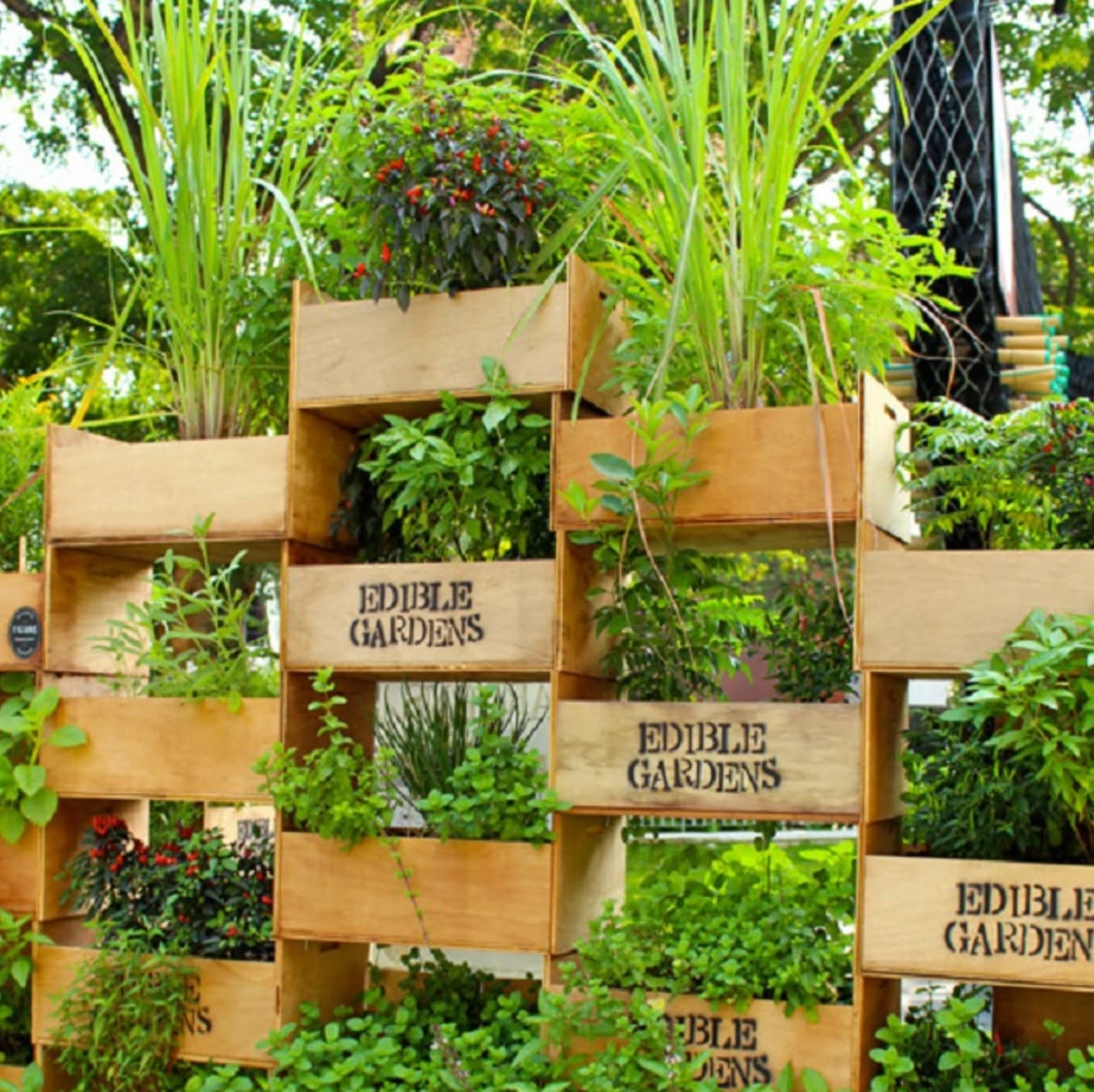
source @urbangreenfarms
For those with limited outdoor space, vertical gardening is a game-changer. Whether you live in an apartment, have a small backyard, or simply want to maximize your gardening area, vertical beds allow you to grow more plants without taking up much ground space. These garden beds can be mounted on walls, placed on balconies, or integrated into fences. They are especially useful for growing herbs, strawberries, small vegetables, and flowering plants. Some vertical beds include self-watering features, making them even more convenient for busy gardeners. Another advantage is pest control—elevating plants above ground level reduces the likelihood of soil-borne diseases and critter invasions. Consider a vertical garden tower or wall-mounted planters to transform small spaces into lush, productive gardens.
6. Self-Watering Garden Beds – The Low-Maintenance Solution
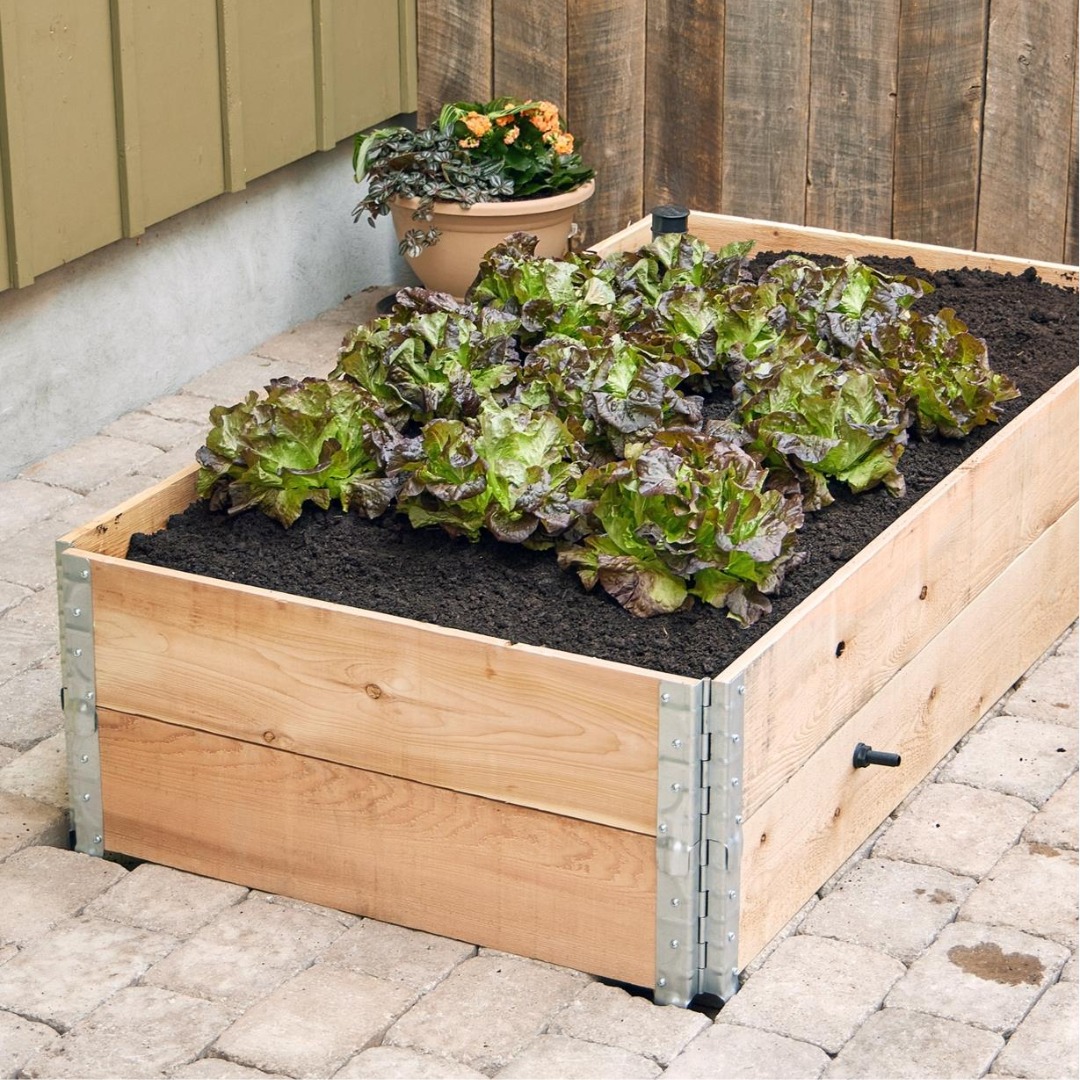
source @leevalleytools
Self-watering garden beds are a must-have for anyone who struggles with inconsistent watering or has a busy schedule. These beds feature a built-in reservoir at the bottom that gradually releases water to the plant roots, ensuring consistent hydration. This not only saves time but also prevents overwatering or underwatering, two common gardening mistakes. Self-watering beds are especially useful for container gardens, urban spaces, and regions with erratic rainfall. They also reduce water waste, making them an eco-friendly option. Whether you’re growing vegetables, flowers, or herbs, a self-watering garden bed will keep your plants thriving with minimal effort.
7. Hugelkultur Beds – Natural Composting for Richer Soil
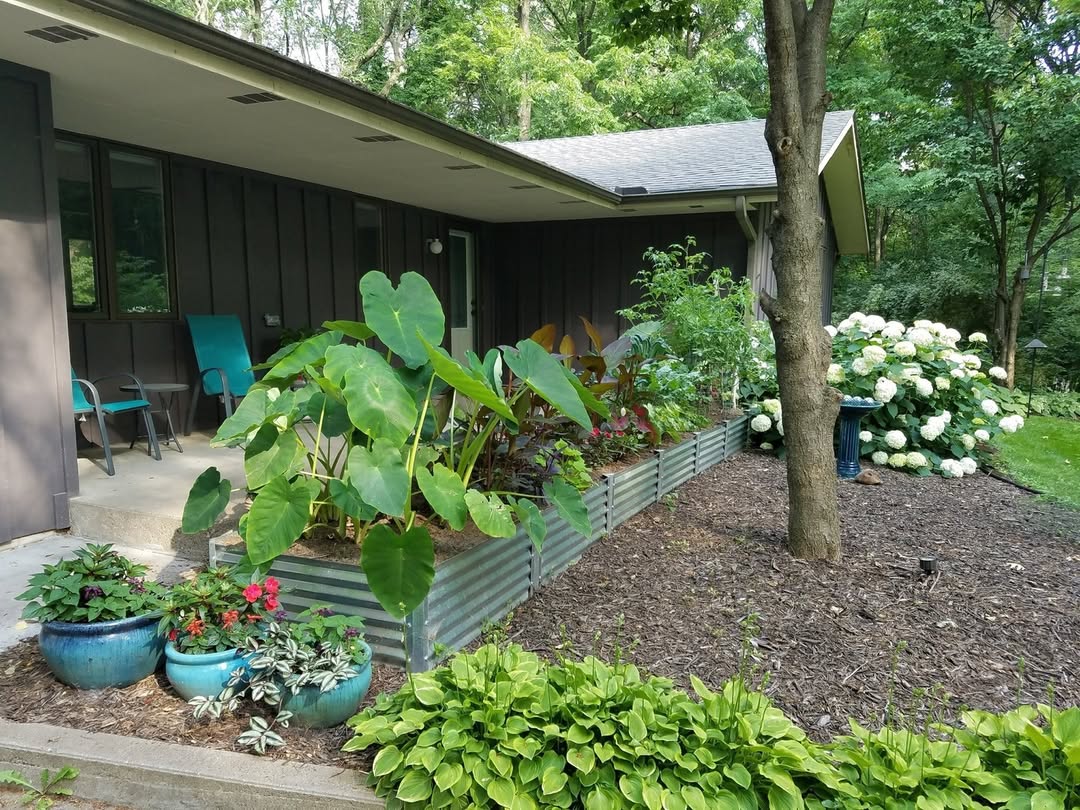
source @metalgardenbeds
Hugelkultur, a centuries-old gardening technique, involves creating raised beds using logs, branches, leaves, and soil. As the wood decomposes, it enriches the soil, retains moisture, and provides long-term fertility. This method reduces the need for fertilizers and irrigation, making it a sustainable choice for low-maintenance gardening. Hugelkultur beds are particularly effective in dry climates, as the decomposing wood acts like a sponge, absorbing and storing water. Over time, they become self-sustaining ecosystems, producing healthier plants with minimal input. If you’re looking for an innovative way to build nutrient-rich garden beds, Hugelkultur is worth trying.
8. Raised Bed with Trellis – Perfect for Climbing Plants
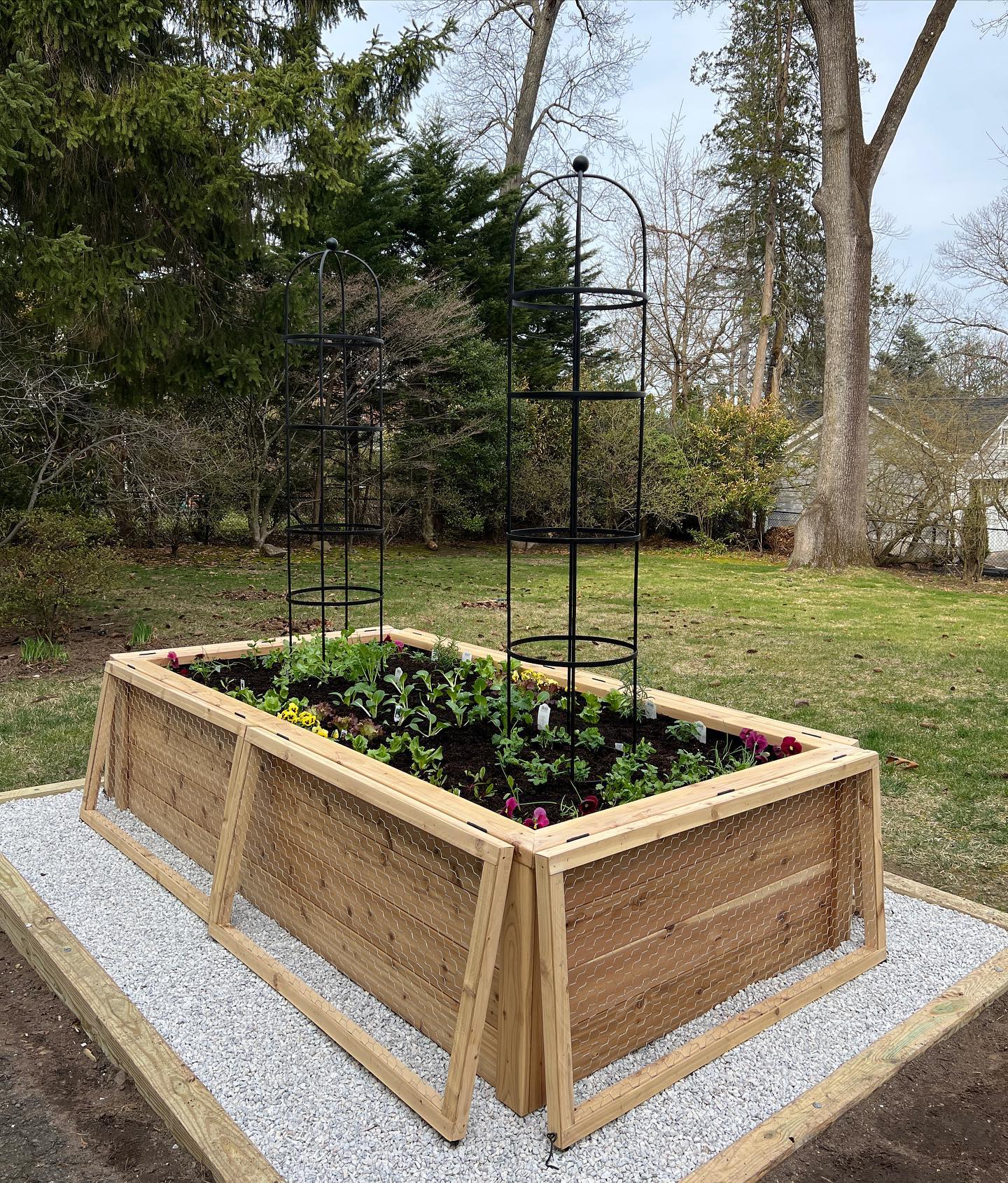
source @reshgala
Combining a raised garden bed with a trellis is one of the smartest ways to maximize growing space while reducing maintenance. This design is particularly beneficial for climbing plants like cucumbers, tomatoes, peas, and beans, which need vertical support to grow properly. By elevating these plants, you improve air circulation, reduce the risk of soil-borne diseases, and make harvesting easier. A raised bed with a trellis also minimizes weed growth and discourages pests like ground-dwelling insects and rodents. Additionally, vertical gardening allows sunlight to reach all parts of the plant, leading to healthier, more productive crops. If you’re looking for a way to optimize your gardening efforts, this dual-purpose bed is a game-changer.
9. Tiered Garden Beds – Grow More in Limited Space
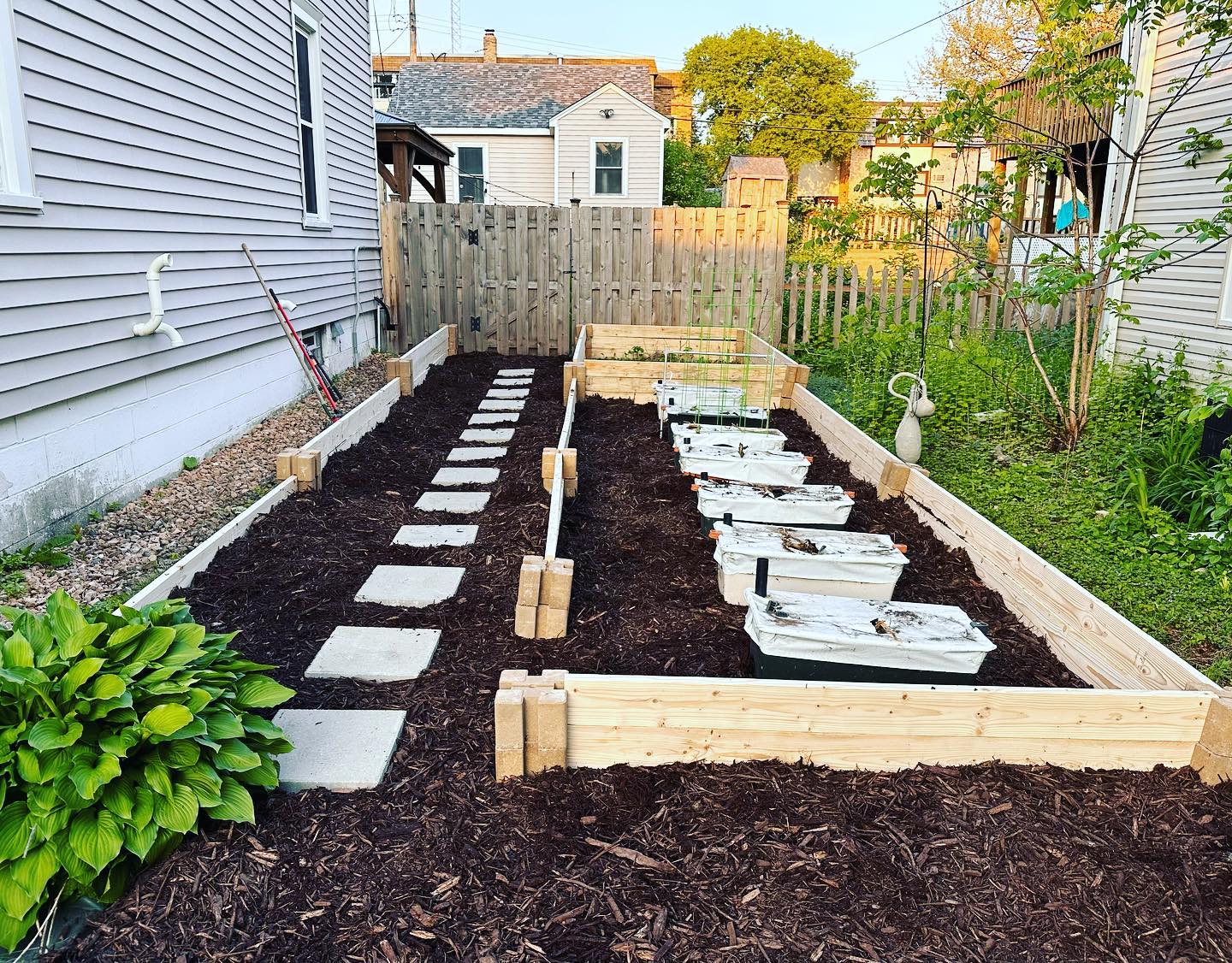
source @krissandraanfinson
If you have a small backyard, a tiered garden bed is a brilliant solution for making the most of your available space. These multi-level garden beds provide separate planting areas for different crops, making it easier to manage your plants while adding an eye-catching aesthetic to your garden. The tiered design helps improve drainage, prevents soil erosion, and allows each plant to get the right amount of sunlight. They’re particularly useful for growing a variety of plants in a compact area, such as flowers on the top tier, herbs in the middle, and vegetables at the base. Plus, tiered beds reduce the need to bend over, making gardening more comfortable.
10. Fabric Raised Garden Beds – Affordable and Portable
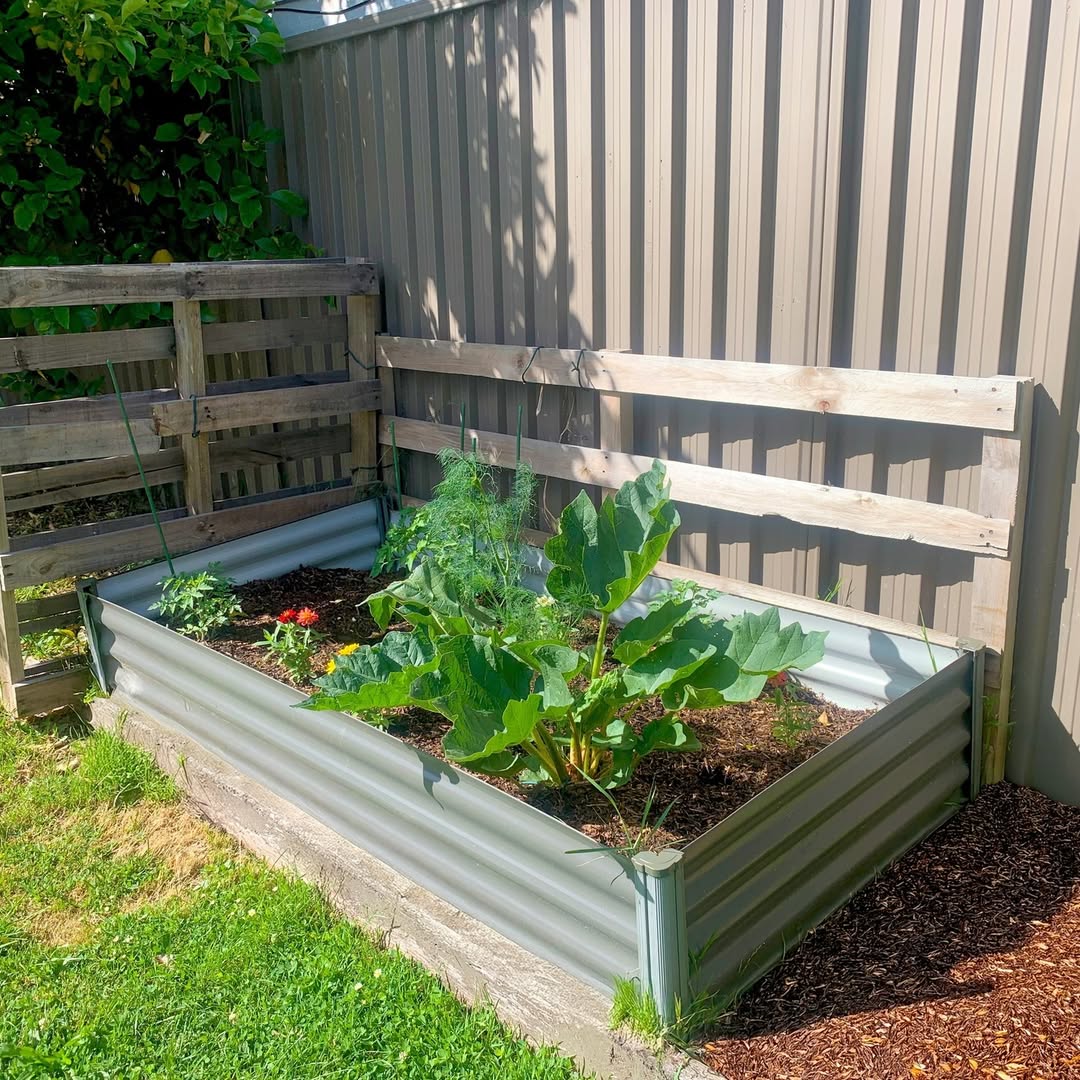
source @theorganicgardencoau
For an easy, budget-friendly alternative to traditional garden beds, fabric raised beds are an excellent choice. These breathable fabric containers allow for excellent root aeration, preventing issues like root rot and overwatering. They also provide great drainage and are highly portable, making them perfect for renters or those who frequently rearrange their garden. Fabric beds are lightweight, durable, and available in various sizes, making them ideal for growing vegetables, flowers, and even small fruit trees. Plus, their ability to regulate temperature keeps plants cooler in the summer and warmer in the winter. If you need a versatile and low-maintenance garden bed, fabric options are worth considering.
11. Concrete Block Garden Beds – Affordable and Long-Lasting
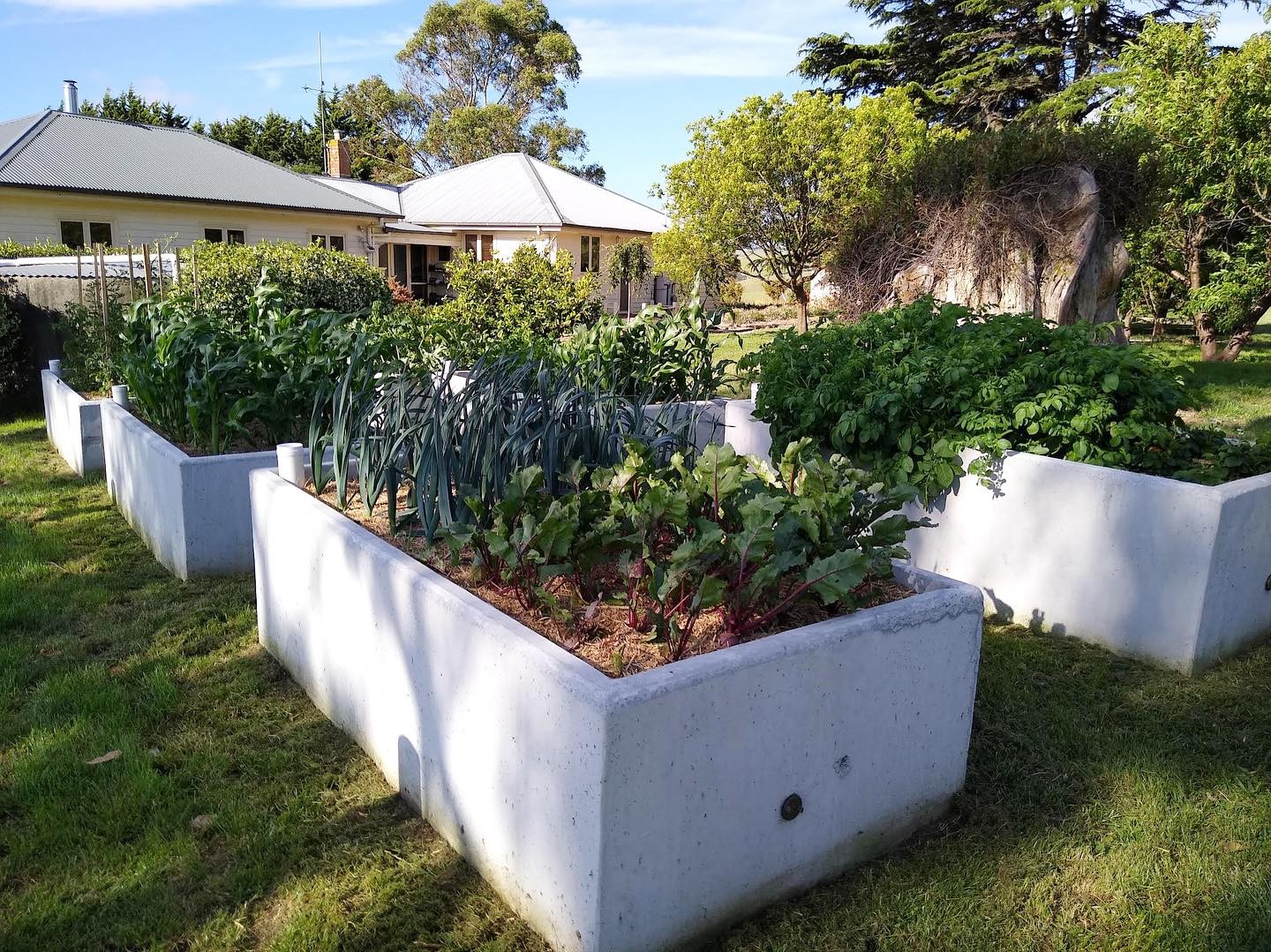
source @statewideconcreteproducts
Concrete block garden beds are a sturdy and long-lasting option for gardeners who want a permanent solution. These beds are easy to construct, requiring little more than stacking concrete blocks into the desired shape. The blocks provide natural insulation, helping to regulate soil temperature throughout the year. Plus, the holes in the blocks can be used to grow smaller plants, herbs, or flowers, adding an extra layer of functionality. Concrete blocks are resistant to weathering and require minimal maintenance, making them an excellent investment for those who want a durable and cost-effective gardening solution.
12. Wicking Garden Beds – The Ultimate Water-Saving Solution
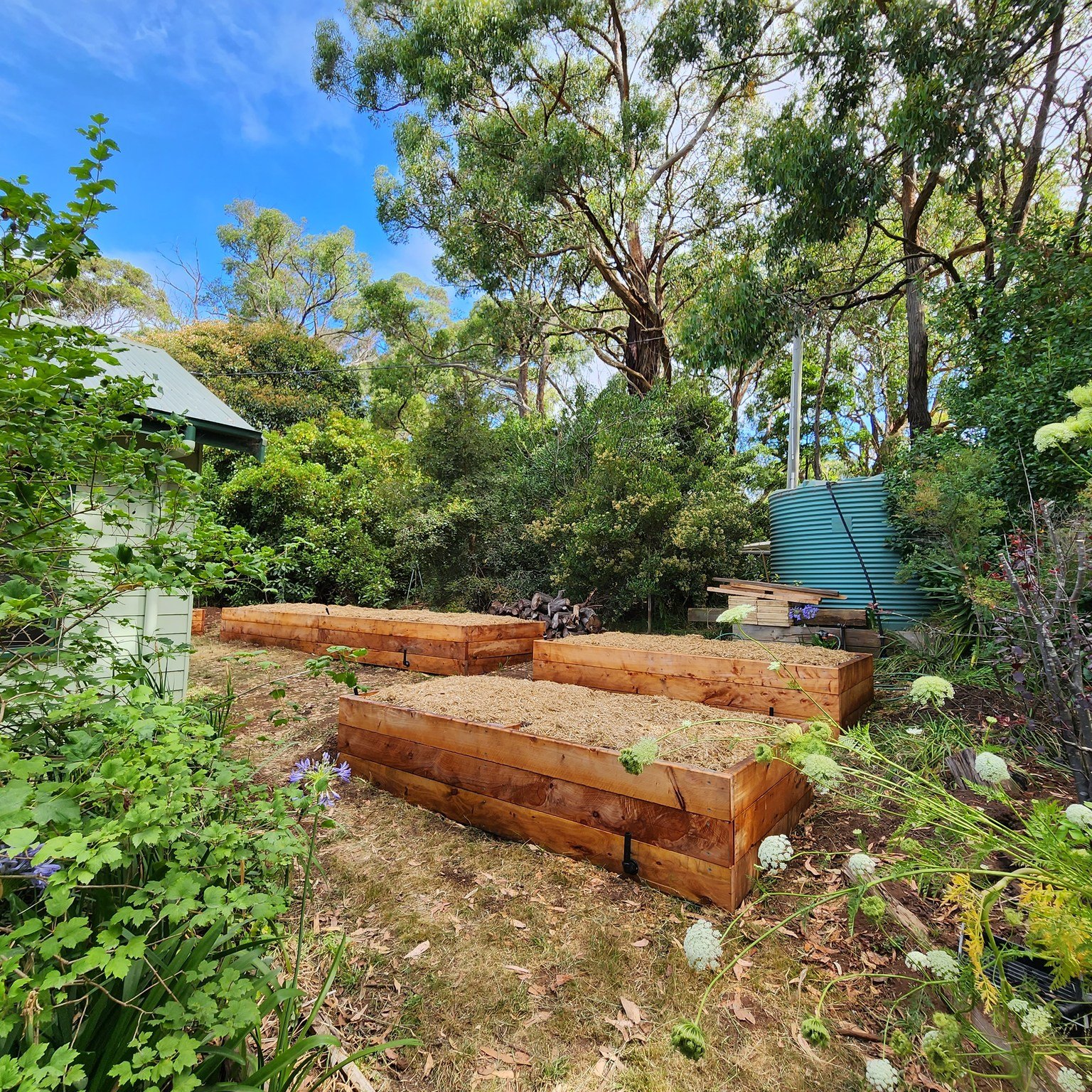
source @veg_wicking_beds
If you live in a dry climate or want a garden bed that requires minimal watering, a wicking garden bed is a fantastic option. These beds feature a built-in water reservoir at the base that allows plants to absorb moisture from below, reducing evaporation and water waste. This system provides consistent hydration, making it ideal for growing vegetables and herbs in hot regions. Wicking beds also prevent overwatering and root rot, as plants only take in the amount of water they need. If you want a sustainable, self-sufficient garden bed, this design is worth trying.
13. Straw Bale Garden Beds – A Temporary, Nutrient-Rich Option
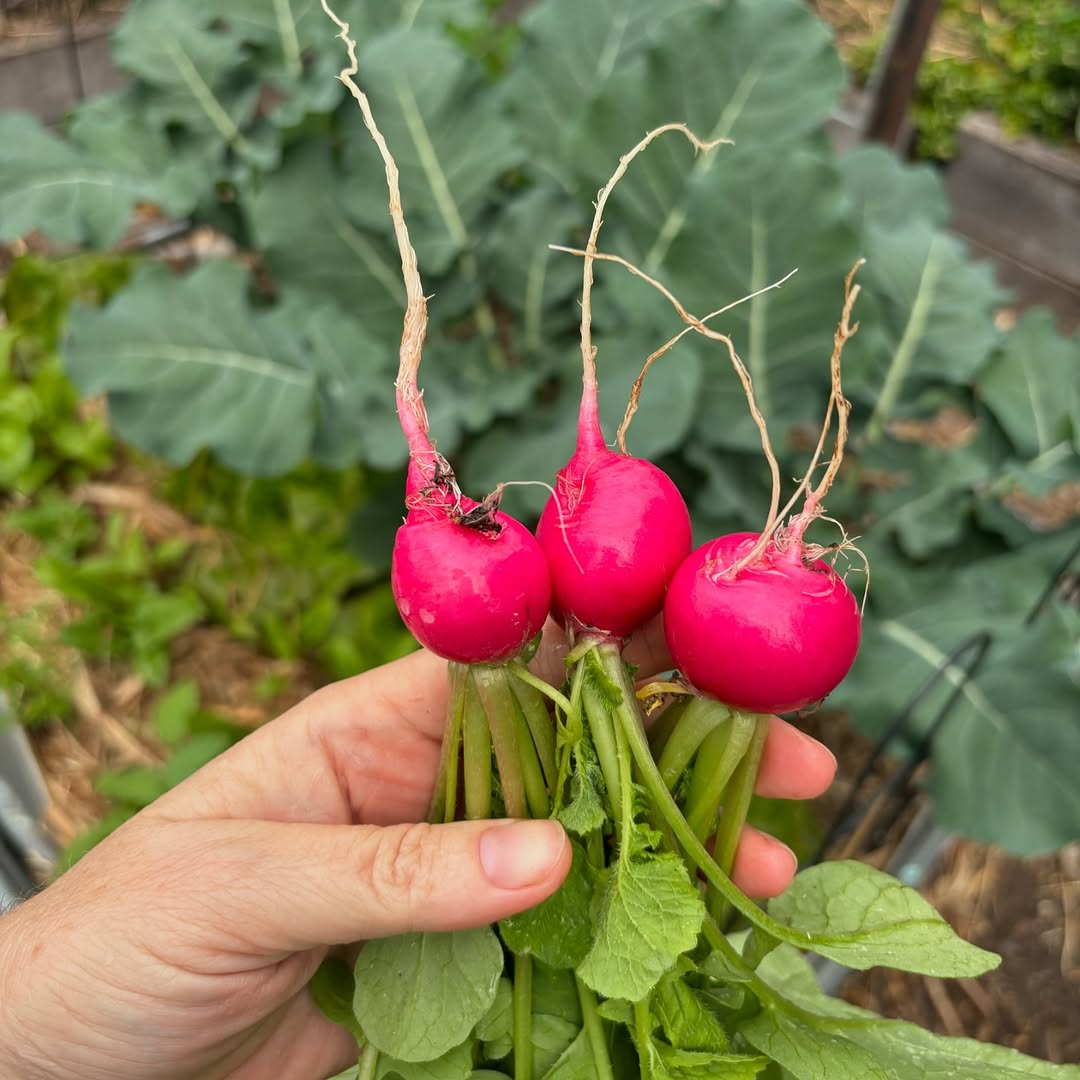
source @loveofdirt
Straw bale gardening is a unique and affordable method that allows you to create a raised garden bed without any construction. By using straw bales as the base, you can plant directly into them after conditioning the bales with water and fertilizer. As the straw decomposes, it provides essential nutrients to the plants, creating a naturally fertilized growing medium. This method is particularly useful for temporary gardens, renters, or those with poor soil conditions. Straw bale beds also retain moisture well and can be placed anywhere, making them a flexible and easy-to-manage option.
14. Square Foot Gardening Beds – The Ultimate Space-Saver
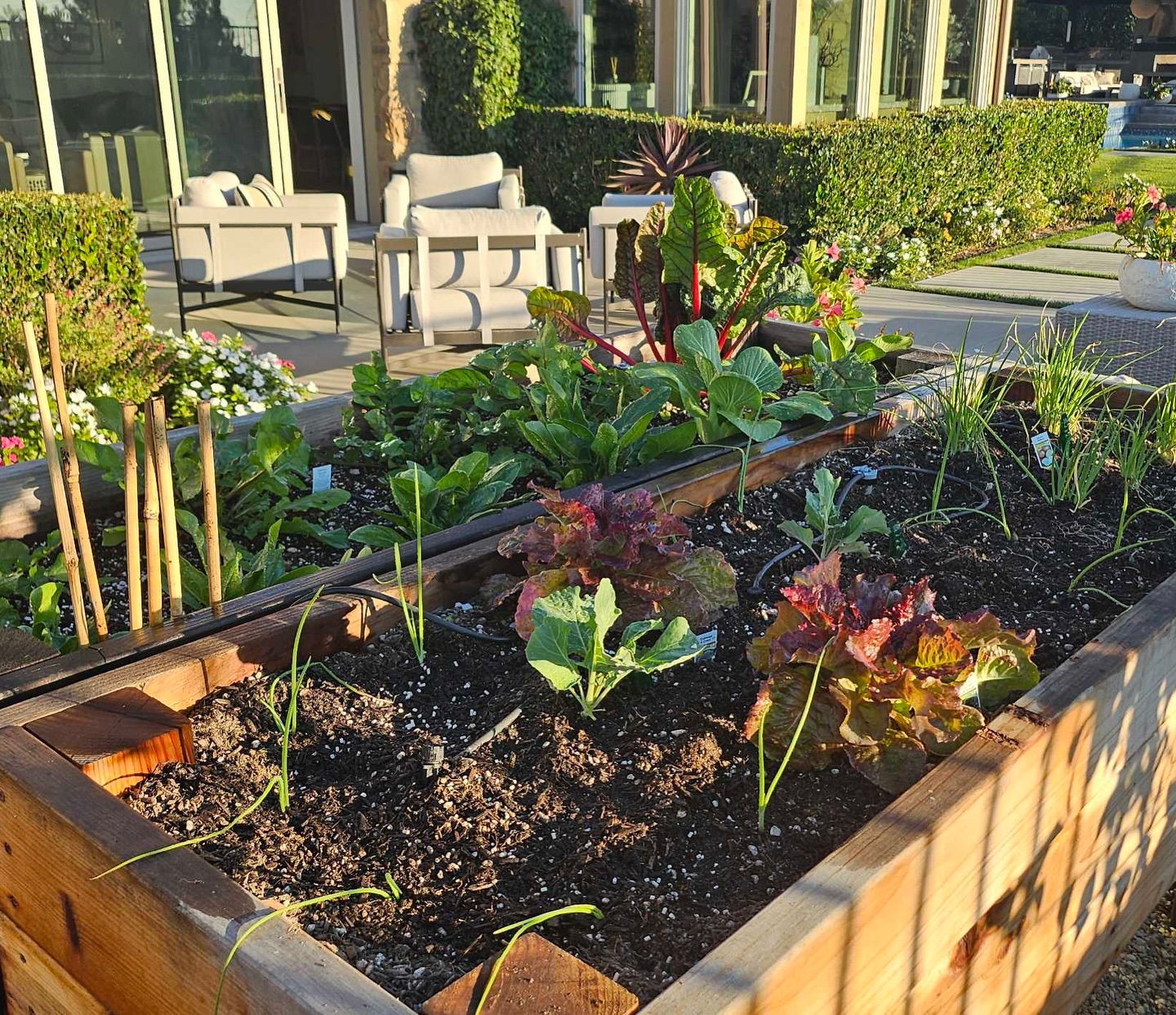
source @harvesttohome
Square foot gardening is a highly efficient method that divides a raised garden bed into small sections, each designated for a specific type of plant. This system maximizes yields by optimizing plant spacing, reducing weeds, and improving soil management. The organized layout makes gardening easier and ensures that every inch of space is used effectively. Square foot beds are particularly beneficial for urban gardeners and those who want a highly productive garden in a limited space. Whether you’re growing vegetables, flowers, or herbs, this method is one of the best ways to grow more with less effort.
15. No-Dig Garden Beds – Effortless Soil Preparation
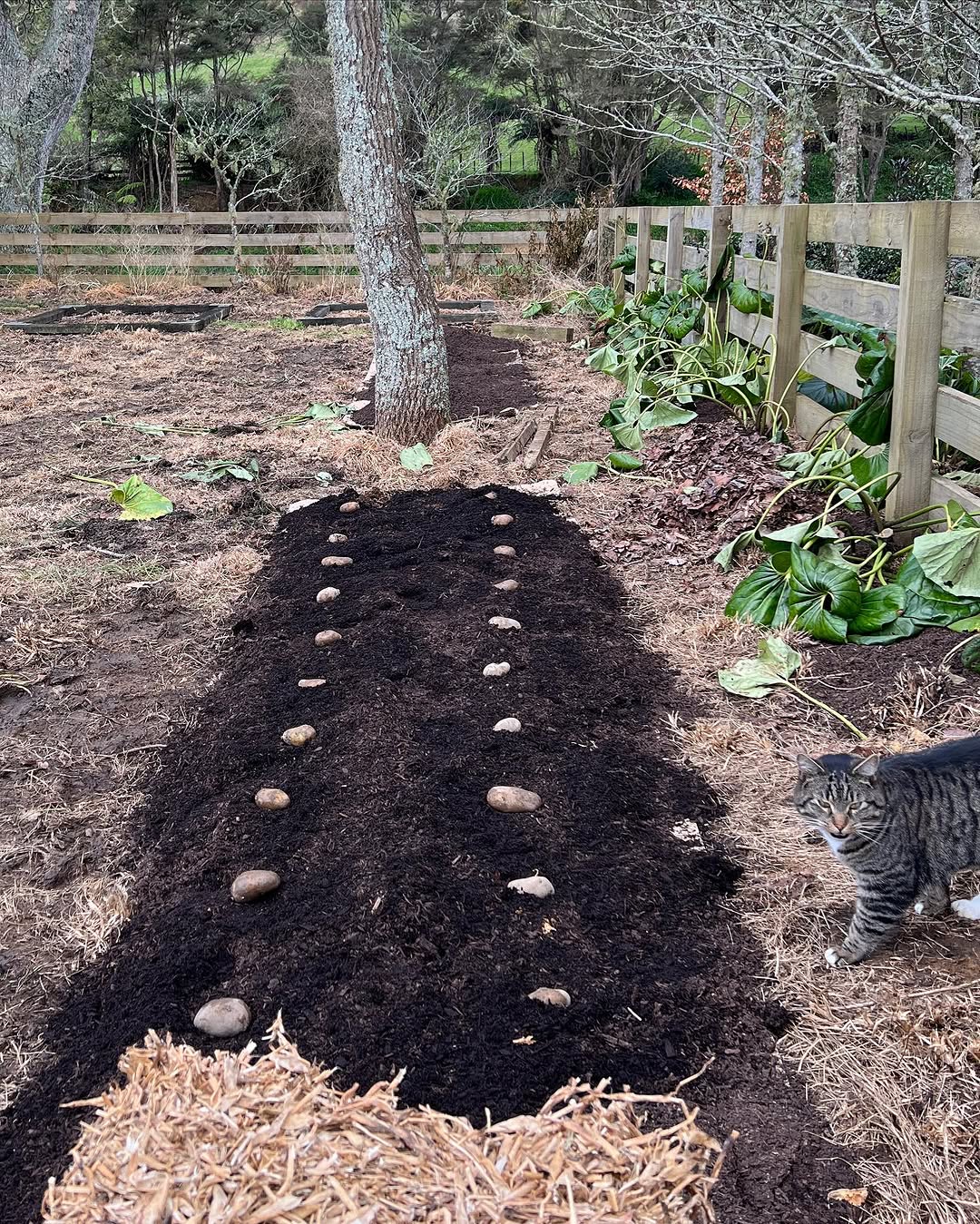
source @lyndahallinan
No-dig gardening is an incredibly simple and effective method that eliminates the need for backbreaking soil preparation. Instead of tilling the soil, you create layers of organic matter like compost, straw, and mulch, allowing nature to break it down naturally. This method preserves soil structure, improves fertility, and promotes beneficial microbial activity. No-dig beds also suppress weeds and retain moisture, reducing the need for frequent watering and maintenance. If you want a low-effort way to grow a healthy, productive garden, this approach is one of the best.
16. Pallet Garden Beds – A DIY-Friendly Solution
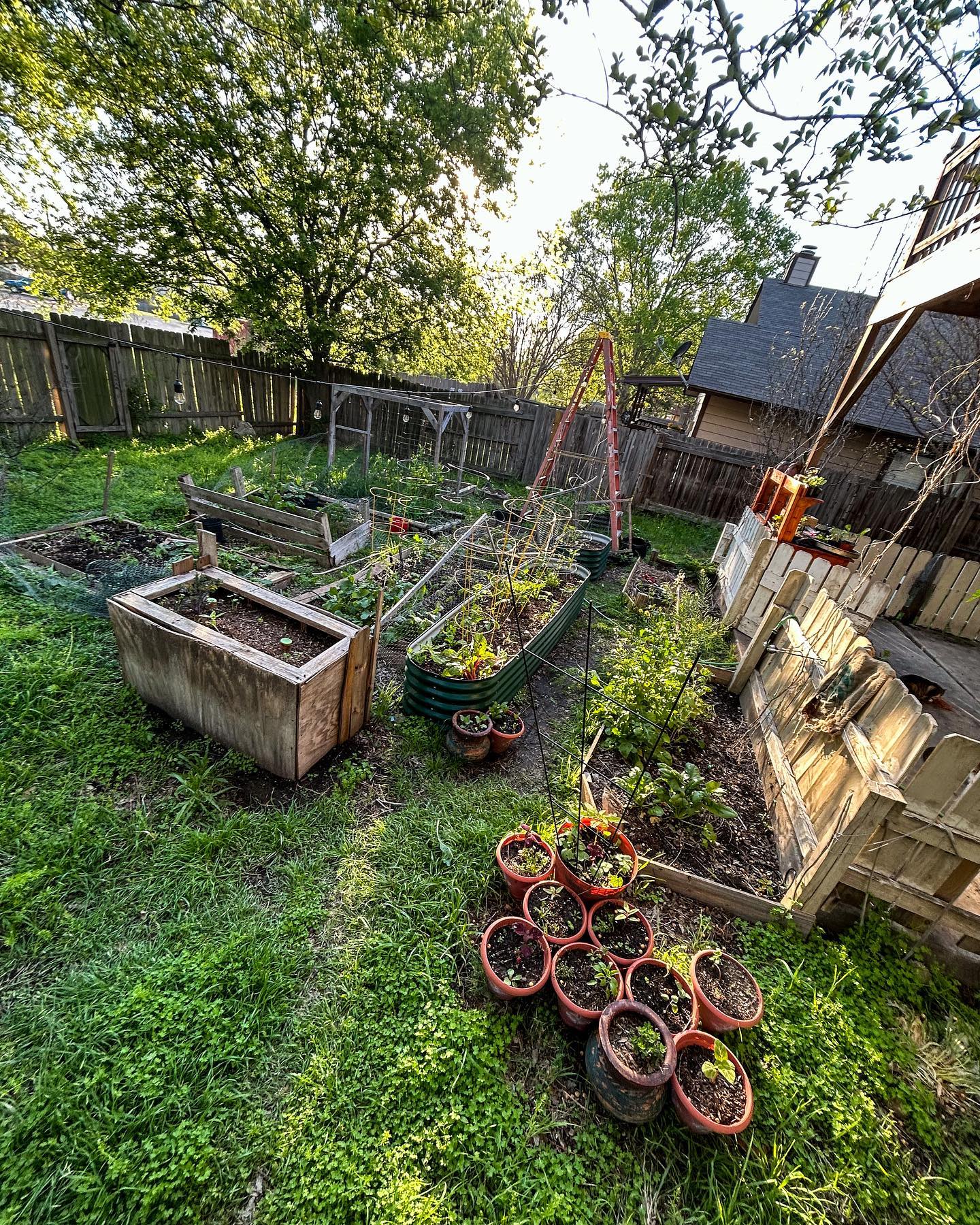
source @gardens_better_with_cats
Repurposing wooden pallets into garden beds is an affordable and creative way to grow plants. Pallets can be used to create vertical gardens, raised beds, or tiered planters, making them highly versatile. This method is particularly useful for small-space gardening and urban settings where traditional beds aren’t feasible. Pallet beds provide good drainage and can be customized to fit your space. Plus, they add a rustic charm to your garden while promoting sustainability through upcycling.
17. Cold Frame Garden Beds – Extend Your Growing Season
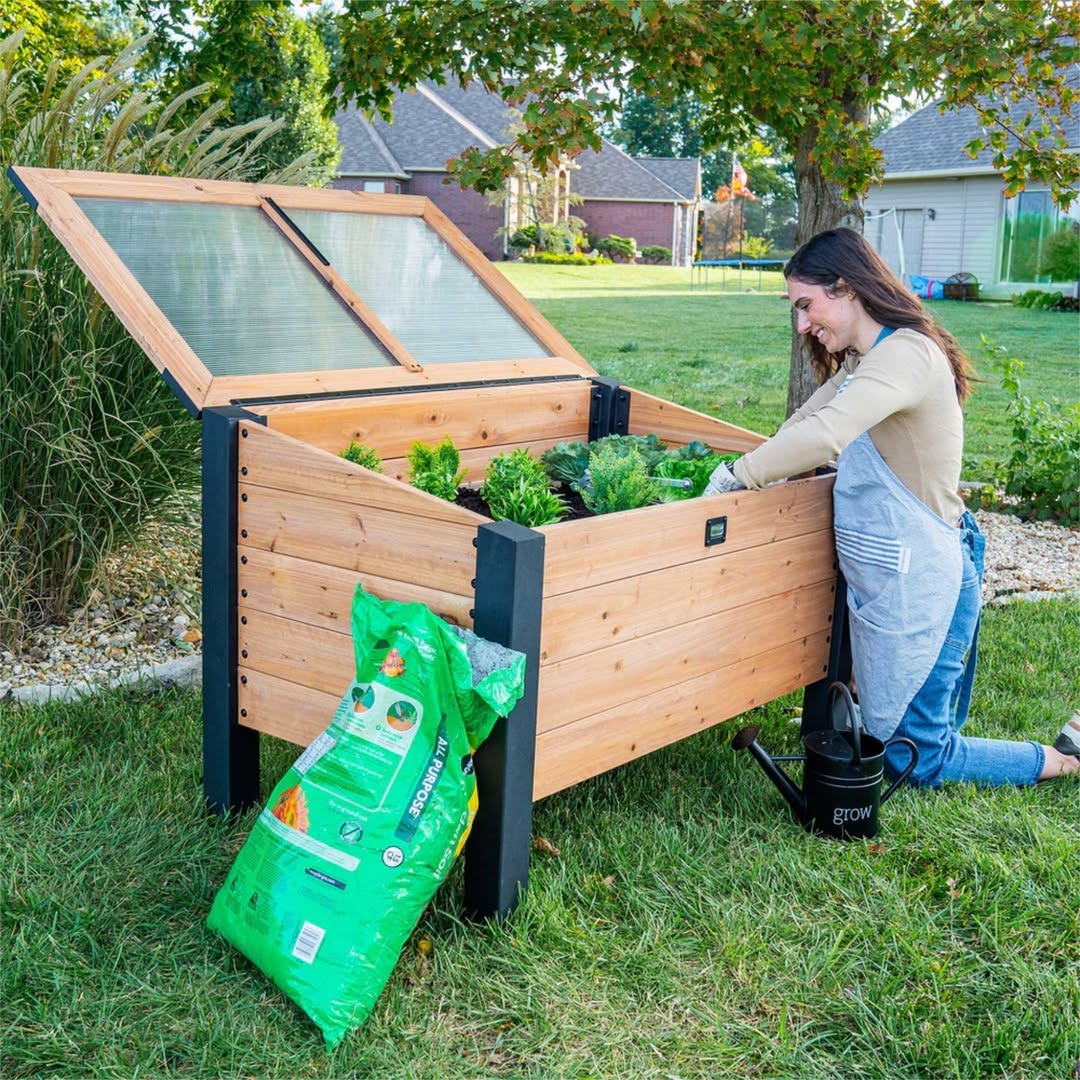
source @backyarddiscovery
A cold frame garden bed is a fantastic option for gardeners who want to extend their growing season into the colder months. These beds feature a transparent cover (usually glass or plastic) that traps heat and protects plants from frost. Cold frames act like mini-greenhouses, allowing you to start seeds earlier in the spring and keep crops growing later into the fall. They’re especially useful for growing leafy greens, herbs, and root vegetables in cooler climates. If you want to get more out of your garden year-round, a cold frame bed is an excellent investment.
18. Herb Spiral Garden Beds – Aesthetic and Functional
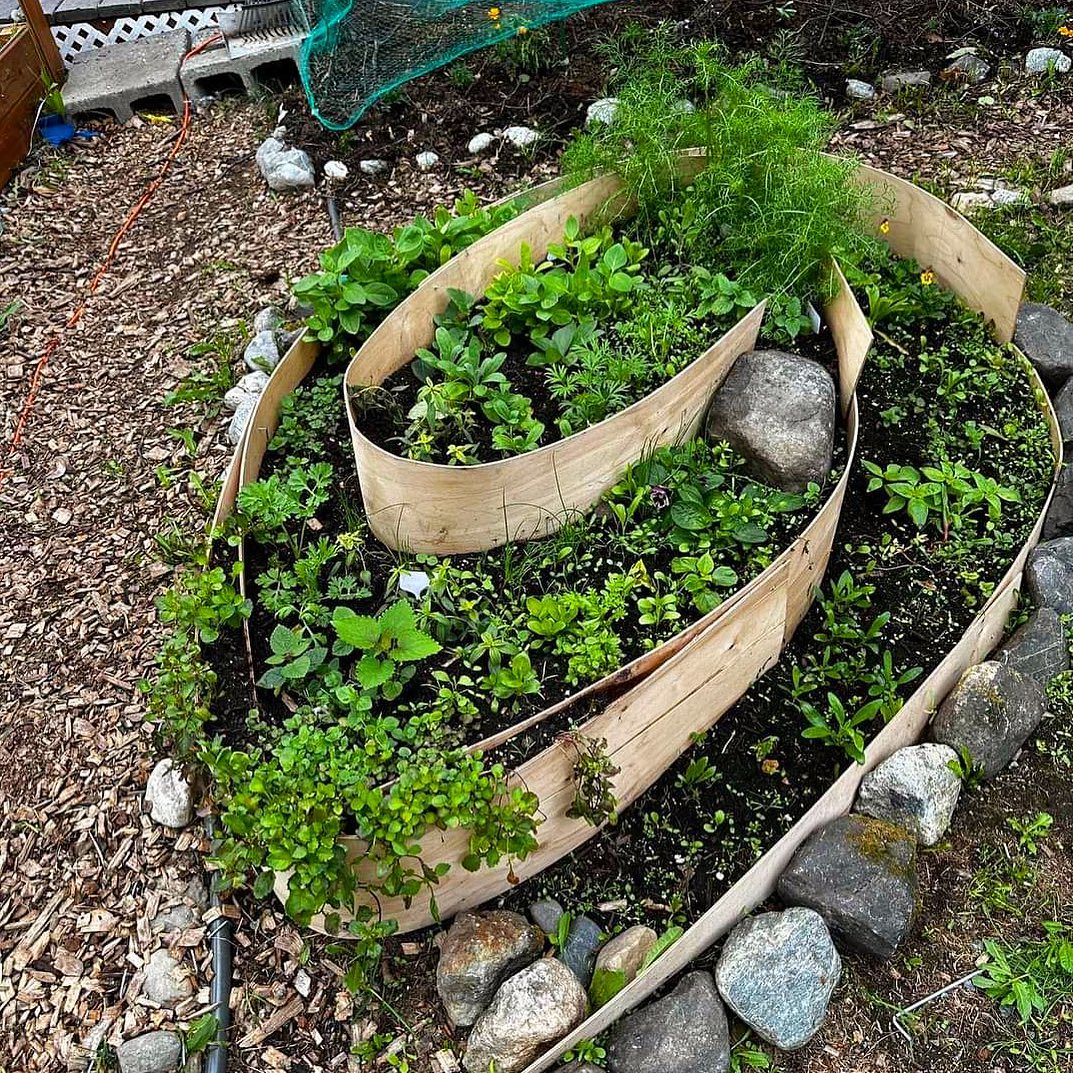
source @greeniglu
An herb spiral is a unique, space-efficient design that allows you to grow multiple types of herbs in one compact, raised structure. The spiral shape creates microclimates, with different moisture and sunlight conditions at each level, making it perfect for growing a diverse range of herbs. The base of the spiral retains more moisture, making it suitable for plants like mint, while the top remains drier, ideal for Mediterranean herbs like rosemary and thyme. If you love cooking with fresh herbs, this garden bed is both practical and visually appealing.
19. Rock Garden Beds – Low-Maintenance Beauty
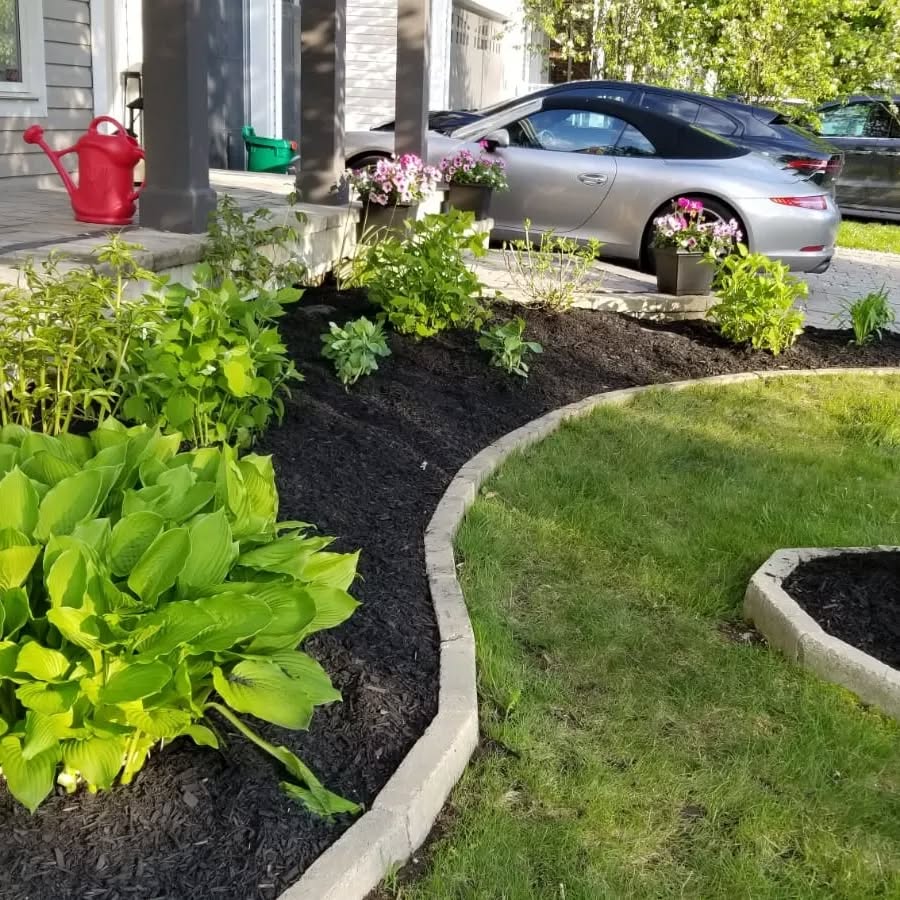
source @whitbylandscaping
Rock garden beds are an excellent choice for those who want a visually stunning, low-maintenance garden. Rocks retain heat, help with drainage, and require little upkeep. These beds work well for growing drought-tolerant plants like succulents, lavender, and ornamental grasses. Rock gardens also reduce weed growth and provide a long-lasting, natural aesthetic. If you’re looking for a durable and hassle-free garden bed option, rock gardens are a great fit.
20. Composting Garden Beds – Feed Your Plants Naturally
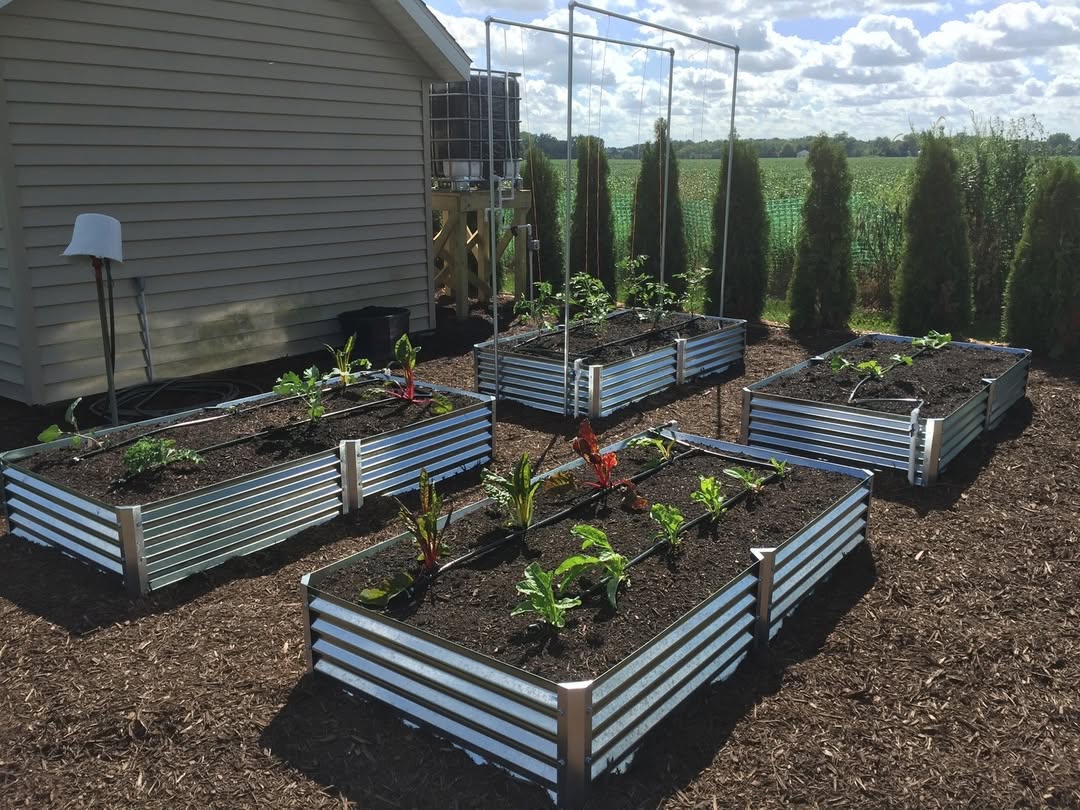
source @metalgardenbeds
A composting garden bed integrates composting directly into the growing area, creating nutrient-rich soil without extra effort. By adding kitchen scraps, leaves, and organic waste into a composting section within the bed, you continuously feed your plants with natural fertilizer. This method improves soil health, reduces waste, and eliminates the need for chemical fertilizers. It’s an excellent option for sustainable gardening and those who want to minimize their environmental impact.
21. Greenhouse Garden Beds – The Ultimate Controlled Environment
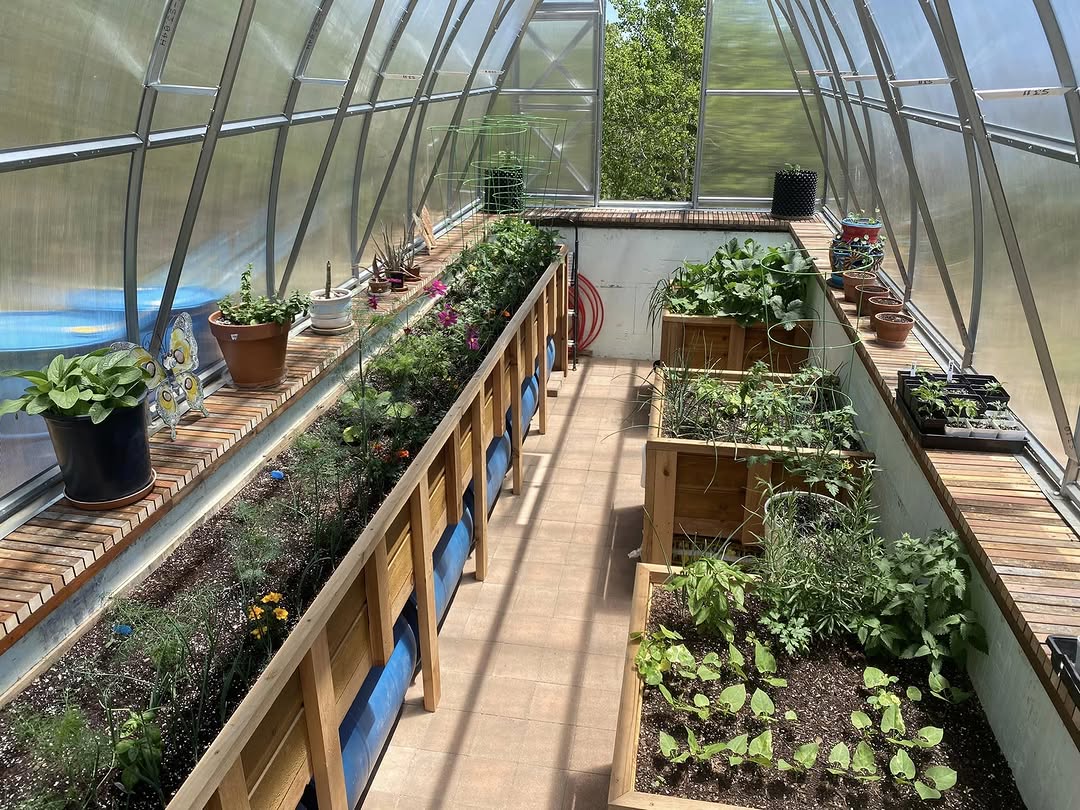
source @plantagreenhouses
For those who want full control over their gardening conditions, greenhouse garden beds provide the perfect solution. These beds are enclosed within a greenhouse structure, allowing you to regulate temperature, humidity, and light exposure. This setup is ideal for growing delicate plants, starting seedlings, and protecting crops from harsh weather. Greenhouse beds extend the growing season, making them a great investment for serious gardeners.

